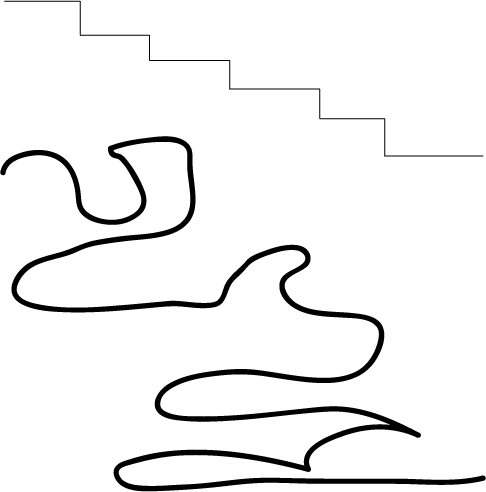Amber Doctor
Senior Software Engineer

That is, while there is value in the items on
the right, we value the items on the left more.
http://agilemanifesto.org/
"Champions/Focus for the Product"
A car can sit for weeks without anything bad happening to it.Brake one window and in hours the car is stripped.http://en.wikipedia.org/wiki/Broken_windows_theory
By Amber Doctor